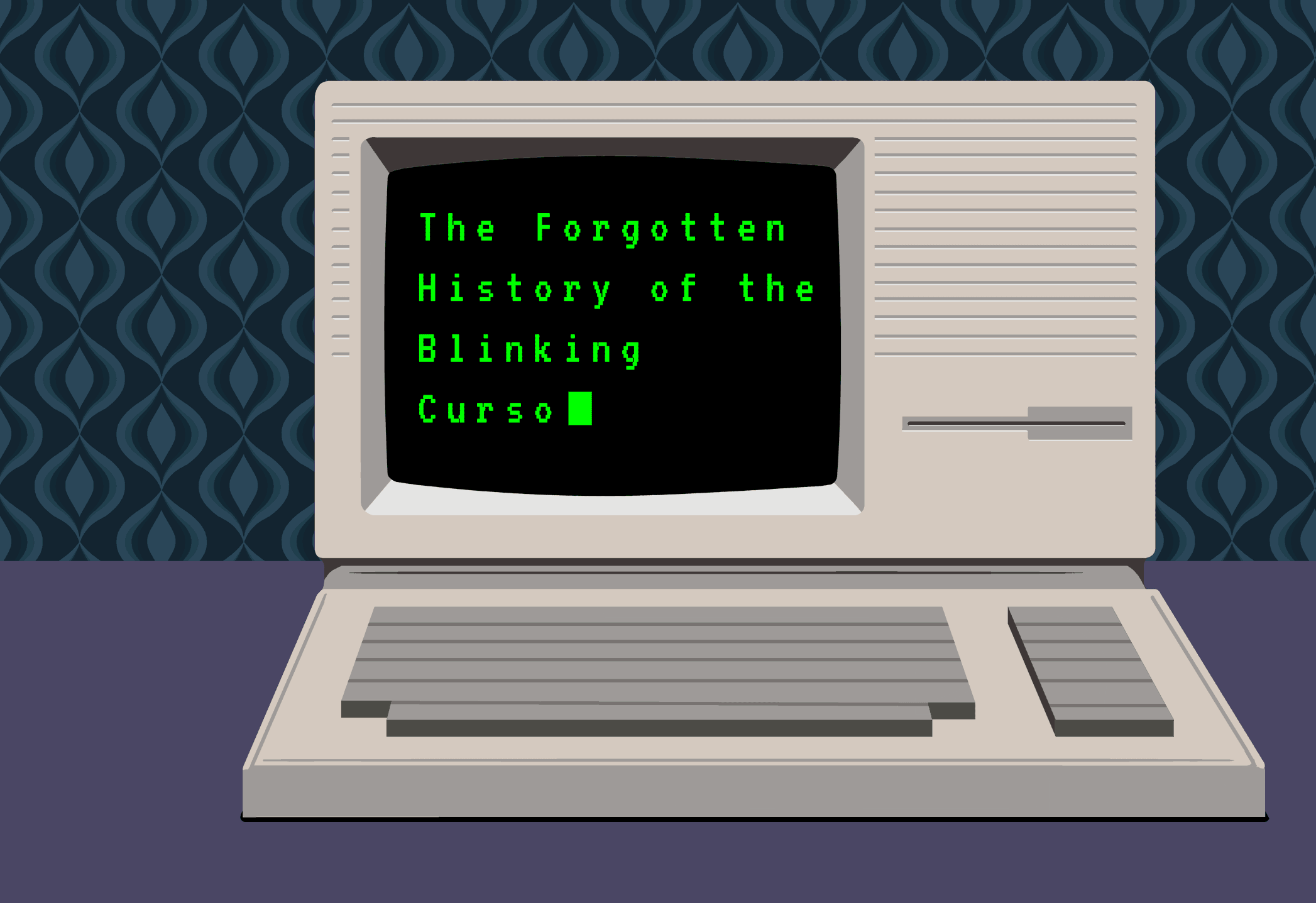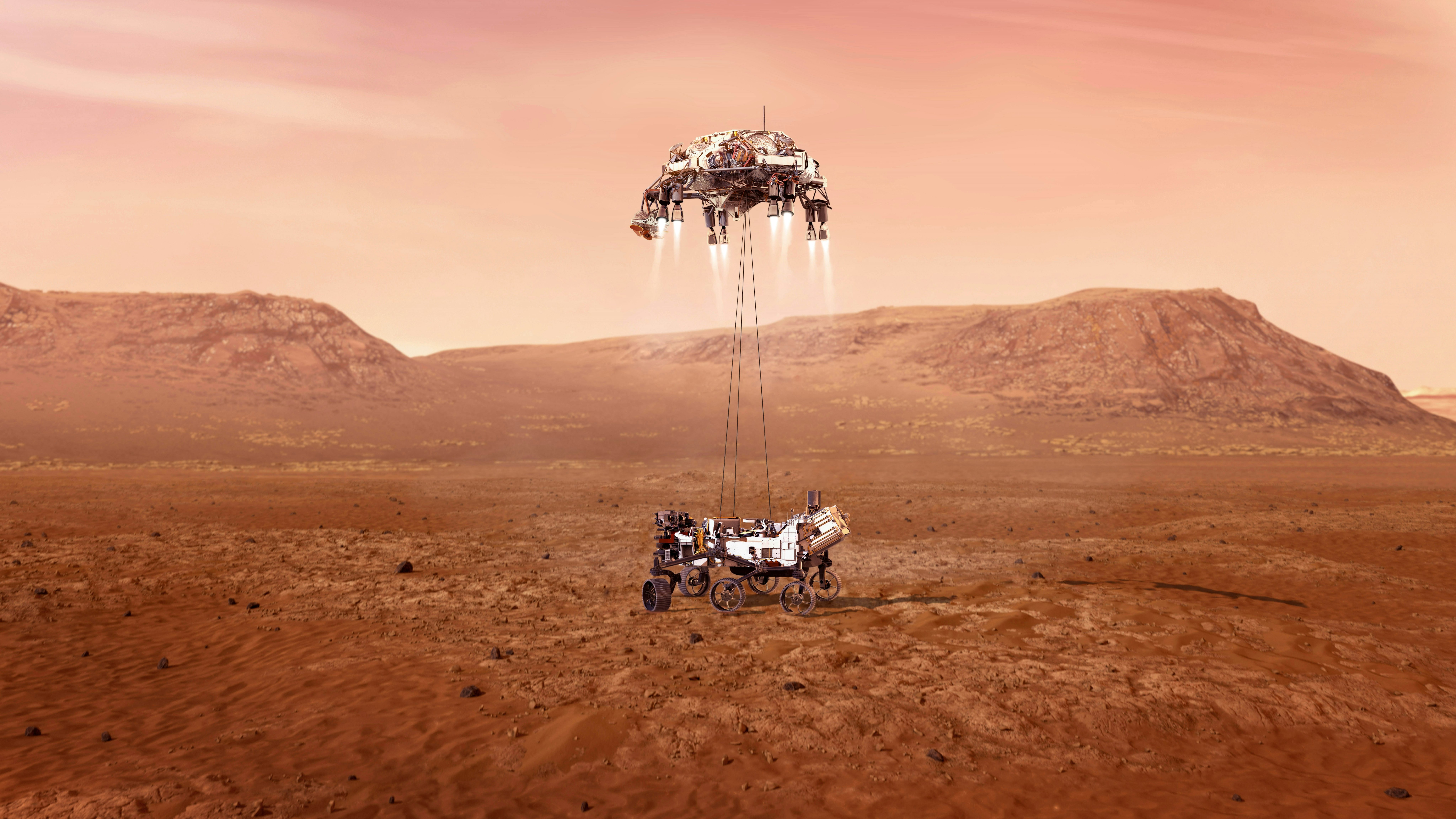
The speech bubble icon with three dots claims much of the spotlight these days when it comes to anxiety-inducing visual communication. The inverse of that speech bubble telling us to wait for incoming text might be the blinking cursor, the symbol which beckons us to start typing.
The blinking cursor has a forgotten history. And as much it can be a modern symbol for writer’s block, the origin story of the blinking cursor is all about utility. At the dawn of editing with a word processor, it saved hours. Contributing writer Sarah Wells sheds light on the fascinating backstory of the blinking cursor in today’s Inverse Daily lead story. I’m Nick Lucchesi, an editor here at Inverse. Thanks for being with us this Monday morning.
This is an adapted version of the Inverse Daily newsletter for Monday, December 6, 2021. Subscribe for free and earn rewards for reading every day in your inbox. ✉️

The forgotten history of the blinking cursor
[By Sarah Wells]
It is a slow, myocardial rhythm.
Like a heartbeat or the glowing pulse of a traffic light at midnight, it’s a hypnotic beat that’s all too familiar.
From Microsoft Word to Google Docs, the blinking cursor is a companion that compels us throughout text documents and text messages, and naughty Google searches.
When we falter in our prose, the blinking cursor is there to patiently ask, “What’s next?”
Related:

Something remarkable above the clouds on Mars
[By Elana Spivack]
What’s a Mars robot to do with its downtime? The hard-working Perseverance rover takes a break from searching for signs of habitability on Mars every once in a while to just stare at the sky. But in a fortunate turn of events, something stared back: Deimos, the smaller of the planet’s two moons.
NASA’s Perseverance rover captured the gorgeous footage of the moon sparkling in the sky earlier this year — and NASA did us all a favor and released the video via the rover’s Twitter account.
In the 17-second time-lapse, Deimos appears as a glistening speck — if you can spot it.
See also:

Why Amish DNA is a “goldmine” for heart disease research
[By Nick Keppler]
The Amish of Lancaster County, Pennsylvania, know precisely where they came from and when. The people in the community today can trace their family trees back to a single group who emigrated from Western Europe in the late 1700s. Today, they still marry within the group, making them a “goldmine” for geneticists.
The Amish of Lancaster County are an example of a “founder population,” an isolated population of people who are all relatively similar in terms of their genes, meaning this subset has less genetic variation than the entire U.S. population. In turn, their genetic architecture offers scientists a distinct study opportunity — the ability to pinpoint genes associated with specific diseases.
“To me, it’s a goldmine of identifying genetic variants,” May Montasser, a University of Maryland genetic researcher, tells Inverse.
Now, Montasser and her colleagues report they have struck a nugget.
Related:

A hellish planet with “lava oceans”
[By Jon Kelvey]
Hell, it may turn out, is about 30 light-years away, on a smallish planet orbiting a smallish star. Its name isn’t Hades — it’s GJ 367b.
Imagine a planet around three-quarters the size of Earth — larger than Mercury, but smaller than Mars — and as dense as pure iron. It’s barely more than the metallic core of a giant planet. Now set this planet so close to its star that it takes a little less than eight hours to complete an orbit. Close enough to present the same face to its star as our Moon does to Earth, the sunny side heated to a scorching 2,200 degrees Fahrenheit.
“That side of the planet we think is just molten rock,” Caltech Atrophysicst and NASA Exoplanet Science Institute Scientist Jessie Christiansen tells Inverse. She’s one of the authors on a new paper published Thursday in the journal Science describing the discovery of the exoplanet GJ 367b, a world of “big lava lakes, or lava oceans.”
Related:
That’s it for this Monday edition of Inverse Daily. Don’t let the blinking cursor scare you too much from expressing yourself!
- About the newsletter: Do you think it can be improved? Have a story idea? Want to share a story about the time you met an astronaut? Send those thoughts and more to newsletter@inverse.com.
- Song of the day: “Computer Love” by Kraftwerk







